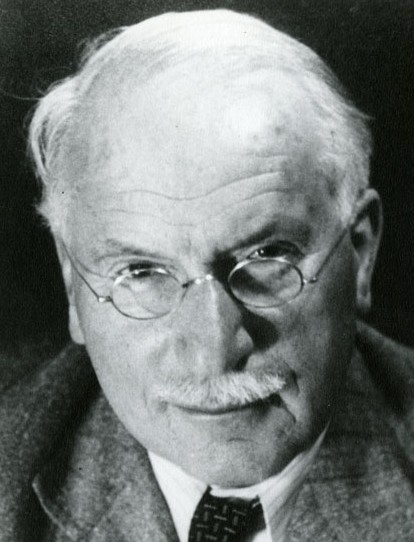Synchronicity sometimes acts as a kind of alchemy that transforms us or a decision we’re making in an essential way. The alchemy occurs because of what the synchronicity says to you, its impact on you. This was certainly the case for Carl Jung during a visit in the 1950s with Henry Fierz, a chemistry professor with whom he had become friends over the years.
Friez had dropped by at five o’clock one afternoon to talk with Jung about a manuscript by a scientist who had recently died. Friez felt the manuscript should be published, but Jung, who had read it, thought otherwise. Their debate about the manuscript apparently became somewhat heated and at one point, Jung glanced at his watch, as if he were about to dismiss Friez. Then he seemed puzzled by the time and explained that his watch had just been returned after repairs, but it read five o’clock, the time that Friez had arrived.
Jung asked Friez the time; it was 5:35. As Richard Tarnas recounted the incident in Psyche and Cosmos, Jung apparently said, “So you have the right time, and I have the wrong time. Let us discuss the thing again.”
In the ensuing discussion, Friez convinced Jung the manuscript should be published. “Here, the synchronistic event is of interest not because of its intrinsic coincidental force,” Tarnas wrote, “but because of the meaning Jung drew from it, essentially using it as a basis for challenging and redirecting his own conscious attitude.”
Many of us might not draw a correlation between the stopped watch and the discussion. But synchronicity, by definition, is the coming together of inner and outer events in a way that is meaningful to the individual and can’t be explained by cause and effect. This means that the outer world – and all of nature and our surroundings – can carry meaning just as the inner world does. Jung, who was accustomed to perceiving and thinking symbolically, recognized the synchronicity and changed his thinking accordingly.
For Jung, Tarnas noted, “all events, inner and outer, whether emanating from the human consciousness or from the larger matrix of the world, were recognized as sources of potential and spiritual significance.” And as sources of synchronicity. “Jung saw nature and one’s surrounding environment as a living matrix of potential synchronistic meaning that could illuminate the human sphere. He attended to sudden or unusual movements or appearances of animals, flocks of birds, the wind, storms, the sudden louder lapping of the lake outside his the window of his consulting room…as possible symbolic relevance for the parallel unfolding of interior psychological realities.”
In other words, Jung used everything in his environment as potential signs and symbols. It seems that once you recognize coincidence as meaningful, once you’re in the flow of it, the inner self and the larger outer matrix chatter constantly to each other. All we need to do is listen.









Jug had an enormous influence on the meaning of the word synchronicity and how and who tunes into it today. I don’t think of him as being ahead of his time so much as adding to the meaning of time and how we (some of us) experience life. Long live Carl Jung!
I think he was a visionary, Adele. Timeless.
not sure if influence on the meaning is correct,, thought it was more “coined the term”,, one in witch app receives much ridicule from… the SIB would call it CRAP#!&
yeah nice date!!!
I guess whatever we find meaningful we should take note of – and perhaps act on, if it feels right. I’m sure there is lost of ‘guidance’ we all miss out on.
I try to pay attention to cues in my environment. It doesn’t always work, I sometimes have to remind myself!
Jung was ahead of his time, for sure. When he died, a tree in the back yard of his home was struck by lightning and split in two. I have never forgotten learning that. He lives on in his work and the world has been changed by him forever. Thanks for this story. 🙂
I love that story about the tree in his yard. He sure was ahead of his time!